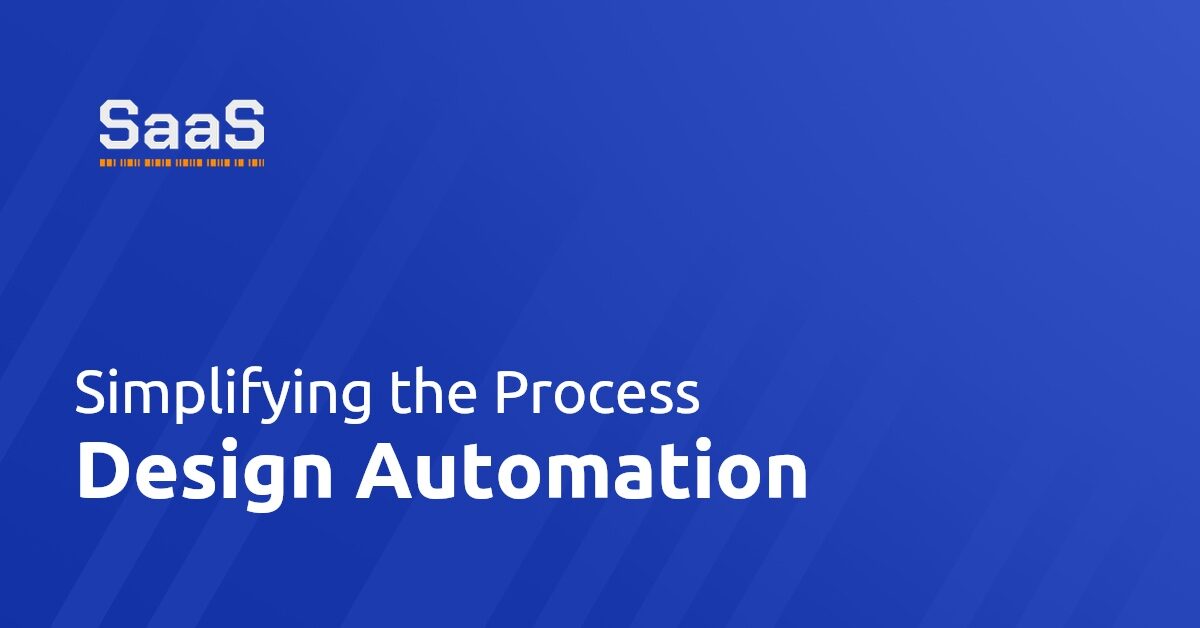Can design automation revolutionize the creative industry?
Yes, indeed. Design Automation is already creating waves in the creative commercial industry. Emerging as a transformative tech trend, it's shifting the way designers work, enhancing efficiency and productivity. The traditional design process, often laborious and time-consuming, is now being streamlined due to the integration of automation technologies.
To comprehend the scope of design automation, we must understand its nature. It is, in essence, the practice of using digital tools and software to carry out repetitive tasks. These digital tools significantly simplify processes, allowing designers to focus on more strategic areas such as content creation, brand strategy, and user experience.
Just think about it; all the processes like resizing images, creating content variations, or adjusting file formats can now be automated effortlessly. In this way, design automation emerges as a boon for designers, reducing the time spent on mundane tasks and enhancing creative productivity.
Simplifying design: How automation is changing the game
The world of design is diverse and complex, but it has one common trait – the need for a fast, efficient, and simplified design process. Design automation is rewriting the rules of the game, providing designers with powerful tools to assist them in their work.
Consider Adobe's Sensei technology, which harnesses the power of AI and machine learning to automate various design tasks. This revolutionary technology enables users to generate images, create 3D models, and even refine and enhance images automatically.
Design automation tools can also aid in creating a uniform, brand-consistent design. No more worrying about deviating color schemes, fonts, or logos. These tools ensure consistency, minimizing errors, and standardizing the design process.
Moreover, when mundane tasks are automated, designers can focus more on the creative aspect of their work. This essentially democratizes the design process and gives rise to a new generation of designers.
Unlocking creativity through streamlined design processes
Design automation is not just about simplifying but streamlining design processes. Streamlining, in this context, refers to eliminating unnecessary steps, hastening the completion time, and making the process leaner and more efficient.
Presets, intelligent algorithms, easy-to-use templates – these are just a few ways how automation is streamlining design processes. With features like collaborative design, real-time editing, and cloud storage, designers can work collaboratively from anywhere in the world.
With streamlined processes, designers aren't restricted by time-consuming and repetitive tasks. Freed from these shackles, they can channel their creativity and, in turn, create more innovative and appealing designs.
The future is here: Design automation shaping tomorrow’s innovations
The future trajectory of design automation looks incredibly promising. Innovations like generative design, a design process that harnesses computer algorithms to generate numerous design solutions, will drive the design world toward new possibilities.
Furthermore, as automation becomes more prevalent, the role of the designer will also change. Designers will move away from performing manual tasks and towards decision-making roles, strategizing and managing the automated processes.
This transformation will foster a collaborative symbiosis between humans and machines where automation performs mundane tasks while humans deliver creative brilliance. The result? Faster, more efficient design processes coupled with high-quality, innovative designs.
In conclusion, design automation is more than just a trend—it's a revolution. By simplifying and streamlining the design process, it's unleashing a new wave of creativity and reshaping the future of the design world.








